Blog Post
How one mountainside Huguenot village saved 5,000 Jews from the Holocaust
By Jonathon Van Maren
In 1979, the philosopher and professor Philip Hallie published a slim volume with the bulky title Lest Innocent Blood Be Shed: The Story Of The Village Of Le Chambon And How Goodness Happened There. It told the story of the residents of Le Chambon-sur-Lignon and the Vivarais Plateau, nestled in the craggy hills of south-central France. Between 1940 and 1945, an estimated 5,000 Jews found refuge there while the Holocaust raged across Europe; the village was an island of courage amid the cruel collaborations of Vichy France. For Hallie, the story became something of an obsession.
The residents of the villages of the Vivarais Plateau had been shaped by the collective memory of their own martyrdoms as a Huguenot minority, when massacres were common and survivors fled into the mountains for safety. The rescue effort during World War II was led in part by Pastor André Trocmé of the Reformed Church of France, along with his wife Magda and Assistant Pastor Edouard Theis. Fired by a fierce independence and suspicion of authority, many Protestants on the Plateau viewed the Vichy regime with contempt. When one Vichy official showed up and gave a speech ending with the cry “Long live Marshal Pétain!” a deafening silence followed. Then, one man bellowed his response: “Long live Jesus Christ!”
In the years following the publication of Lest Innocent Blood Be Shed, Hallie took to the lecture circuit to tell the story and promote the book. One night in Minneapolis, he gave a speech for the United Jewish Appeal, and a woman stood up to ask him a question. “She was a powerful woman wearing a sheath dress that made her look like a slender cannon, taut, full of explosive power,” Hallie recalled. She asked him to specify where, exactly, Le Chambon was. When he told her, her answer left the audience dumbstruck. That village, she told him, “saved the lives of all three of my children.”
She then walked to the front of the room. All eyes were on her, and nobody said a word. She faced the audience.
“The Holocaust was storm, lightning, thunder, wind, rain, yes. And Le Chambon was the rainbow.”
***
A decade after Hallie’s book was published, a documentary telling the story of Le Chambon from another perspective was released. For filmmaker Pierre Sauvage, the story was not simply another chapter in the annals of the Righteous Among Nations. Sauvage discovered as a teenager that he was born on the Vivarais Plateau on March 25, 1944; when he was 18, his parents told him that he was Jewish. In a world where Jews were being hunted and murdered with breathtaking efficiency, Sauvage was born, he would later say, “in a place uniquely committed to my survival.” The discovery changed his life.
The award-winning Weapons of the Spirit is a powerful piece of storytelling that bears much resemblance to the Shoah films of Claude Lanzmann, but without the sensation of being slowly crushed by the horrors of the Holocaust. Sauvage’s film is an homage to the Huguenots and the other rescuers of this extraordinary community, whose commitment to the persecuted was forged in the fires of their own centuries-long struggle for survival against Catholic authorities determined to snuff them out.
Huguenot history describes that struggle as The Desert. During vicious persecutions stretching from the sixteenth to the eighteenth centuries, the Huguenots of the plateau frequently offer refuge to other Protestant refugees as well.
“Everything they did,” Sauvage says in the film, “was an echo of their forefathers’ faith. The village was prepared by its Huguenot past.” This conclusion was at first difficult for him to accept when he began to explore the story in the 1980s.
“I come from a very anti-religious background, and here I was making this documentary about religious people,” he told me.
I found all of my prejudices falling by the wayside. I honestly thought there was something dimwitted about people who are religious. They’re not evolved, like I am. And yet here were these people who were among the smartest people I’ve come to know in my life. I slowly let that in. The process of making and editing the film was very difficult, because for a long time, I didn’t understand what these people were saying to me.
Who were these people who lived on the plateau that became “the most concentrated area of rescue to take place for that length of time anywhere in Occupied Europe?” “These were hill people, used to centuries of perseverance as a religious minority,” said Sauvage. “The village was a barnacle clinging to the rocks. Unhospitable. Naturally rocky soil. Very forbidding, cold during the winter. A lot of snow. But the people there clung to God and to each other.”
The old stone church of Le Chambon had a simple phrase carved above the doorway: “Love One Another.”
***
Le Chambon’s pastor André Trocmé was a committed advocate of nonviolent resistance who preached frequently against anti-Semitism in open defiance of the authorities. Every order that contravened the Gospel, he told his congregation, needed to be disobeyed without fear and without hate. In one sermon, he publicly condemned the mass roundup of Jews in Paris at the Vélodrome d’Hiver, stating that “the Christian Church must kneel down and ask God to forgive its present failings and cowardice.” Trocmé believed passionately that resistance could be accomplished without violence: “It is the duty of Christians to resist the violence brought to bear on their consciences through the weapons of the Spirit.”
“Under the spiritual leadership of André Trocmé,” Sauvage observed in Weapons of the Spirit, “Le Chambon became the nerve center and symbol of the spiritual resistance.” Along with fellow pastor Edouard Theis, pastors from nearby churches, and a collection of other rescuers that included American Quakers, the Swiss Red Cross, Evangelicals, several Catholics, and the Jews themselves, an organized rescue effort—unparalleled in Occupied Europe—began in 1940.
It started by sending relief supplies to Jews jailed in internment camps in southern France. This project was facilitated by the American Friends Service Committee based in Marseilles, as well as La Cimade, L’Ose, and others. Then the American Quaker Burns Chalmers told Trocmé that if the release of some Jewish internees could be accomplished, it would be necessary to find a place for them to hide. Without hesitating, Trocmé told him that Le Chambon would help.
Chalmers began to secure the release of Jewish prisoners, primarily children. They were taken to Le Chambon, where rescue workers placed them in homes and on farms in the scattered villages across the plateau and beyond. Working with the American Congregationalists, an assortment of organizations, and even the Swedish government, rescuers supplied Jewish refugees with food, clothing, and false IDs. Schools and youth organizations welcomed Jewish children and helped them integrate into the community.
When the Resistance warned that Nazi or Vichy raids were coming, rescuers moved Jews further into the countryside and even smuggled some across the Swiss border.
Word about the safe haven soon spread, and Jewish refugees, anti-Nazi Germans, and other dissidents made their way to Le Chambon. All were welcomed. The sheer solidarity of the hill people made the Vichy authorities cautious, and some police officers even tipped off the villagers before launching raid. Many officials looked the other way. The villagers refused outright the demands by authorities for lists of Jews living in the area. Andre Trocmé’s response: “We don’t know what a Jew is. We only know human beings.”
“Nobody asked who was Jewish and who was not,” recalled former child refugee Elizabeth Koenig-Kaufman years later. “Nobody asked where you were from. Nobody asked who your father was or if you could pay. They just accepted each of us, taking us in with warmth, sheltering children, often without their parents—children who cried in the night from nightmares.”
Rescuer Madame Dreyfus recalled that, far from recoiling from the risks involved in helping Jews, the villagers of Le Chambon were more likely to help if the refugees were Jewish. In one instance, she was having trouble placing two teenagers, and an elderly couple at first resisted her request. Teenagers were very difficult, and they ate a lot. Desperate, Dreyfus finally told them the truth: These children are Jewish. They’re being hunted. The transformation was immediate. Why didn’t you say so earlier? the old couple responded, and immediately took the two teens in.
To the Huguenots of Le Chambon, the Jews were the Chosen People. As one elderly woman told Sauvage: “We did it because they were the people of God.” It was essential, she added, that people did not act like the priest in the parable of the Good Samaritan. One of the code names for the Jewish refugees was “testaments,” a reference to the fact that they were the people of the Old Testament. During one church meeting on the Plateau, an evangelical pastor announced to his congregation that “three testaments had arrived.” An old man immediately stood up. “I’ll take them,” he said, and brought the refugees to his farm.
READ THE REST OF THIS ESSAY AT THE EUROPEAN CONSERVATIVE


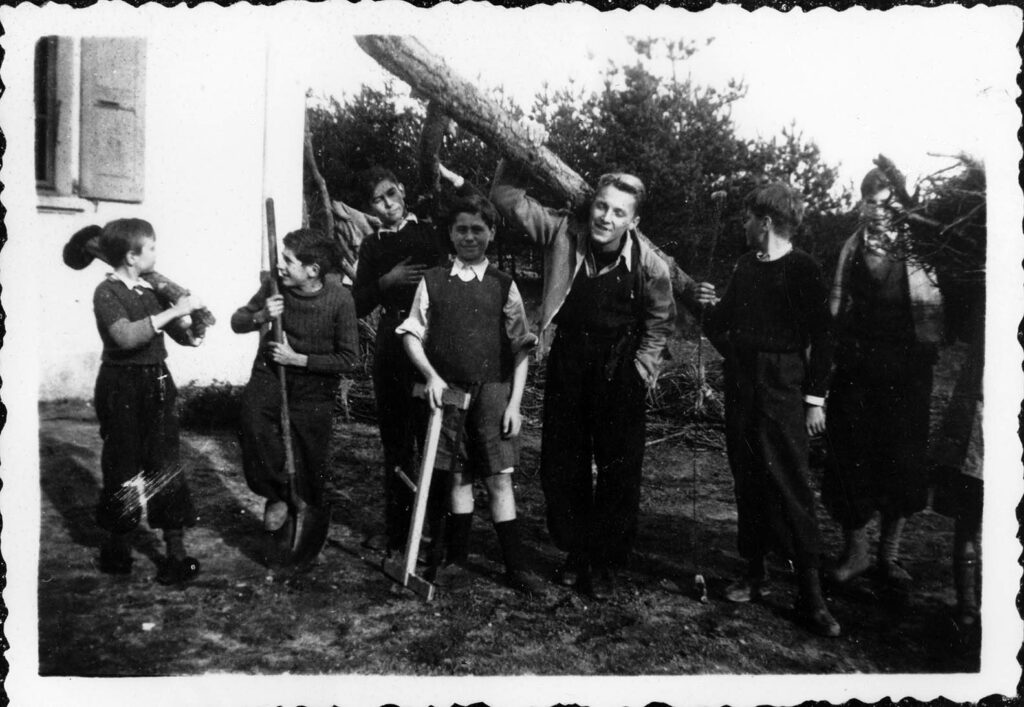
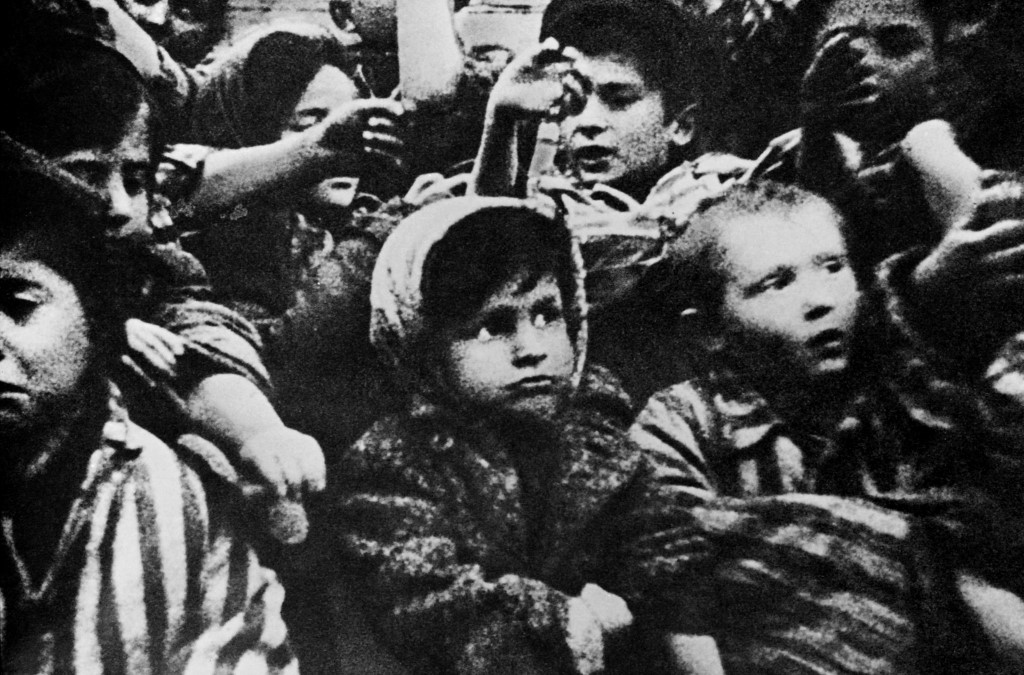

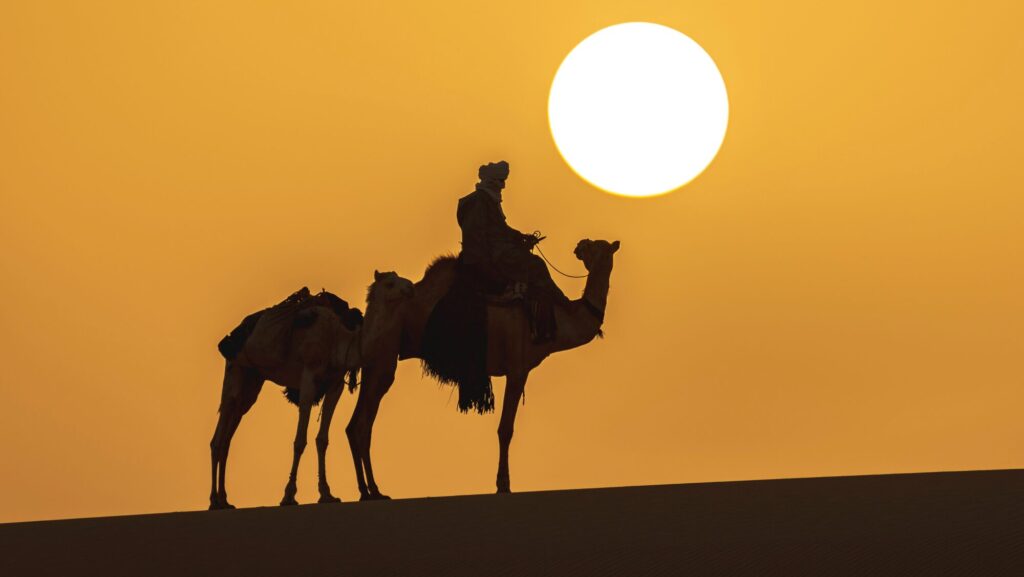
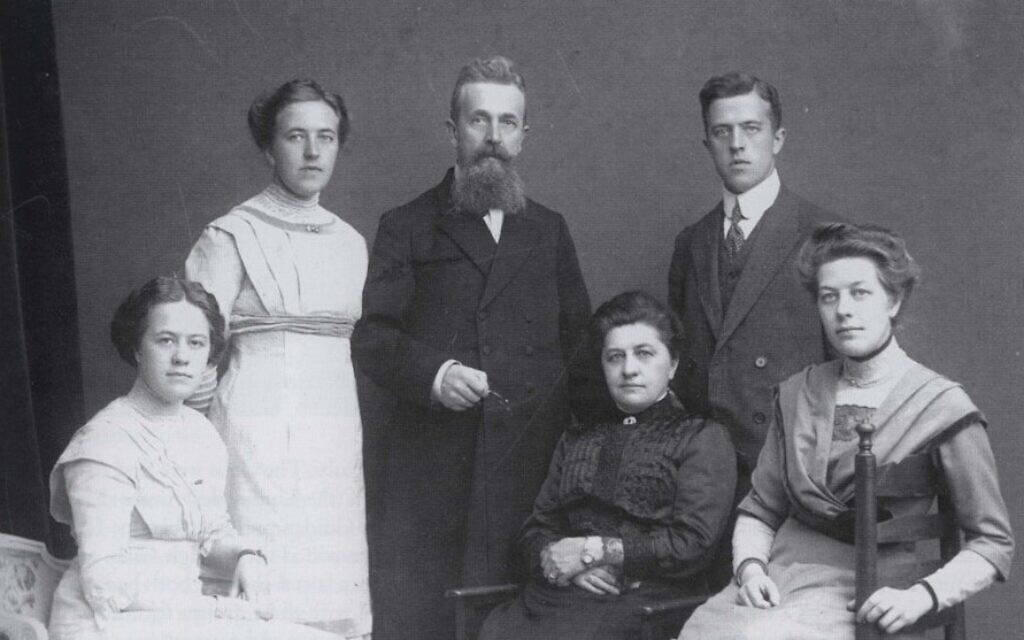
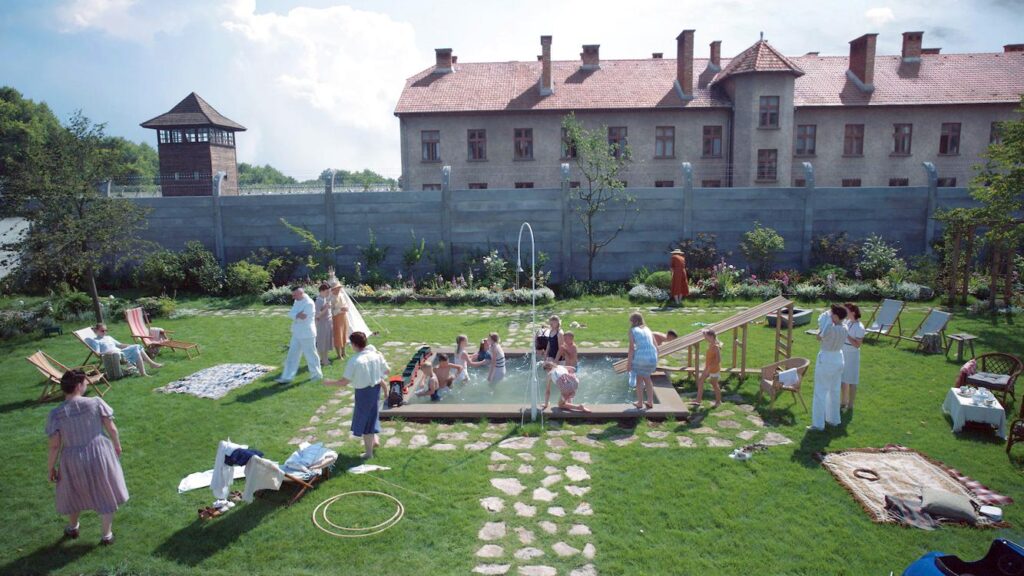
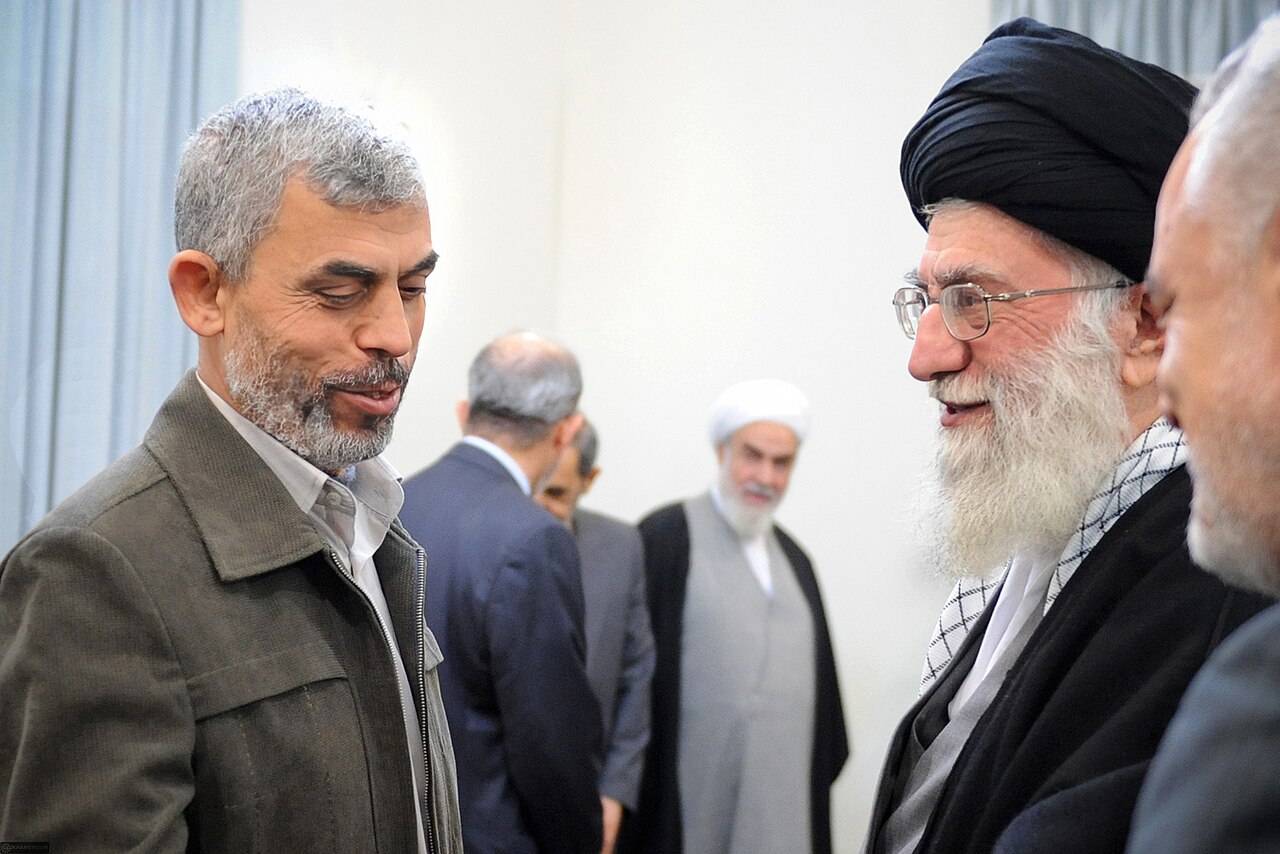
Thank You for the story. Please pray for Elom Musk. He can help to get freedom of speech on Twitter, but the attacks have begun.
we feel that God has brought him, so of course, the devil is on the attack.